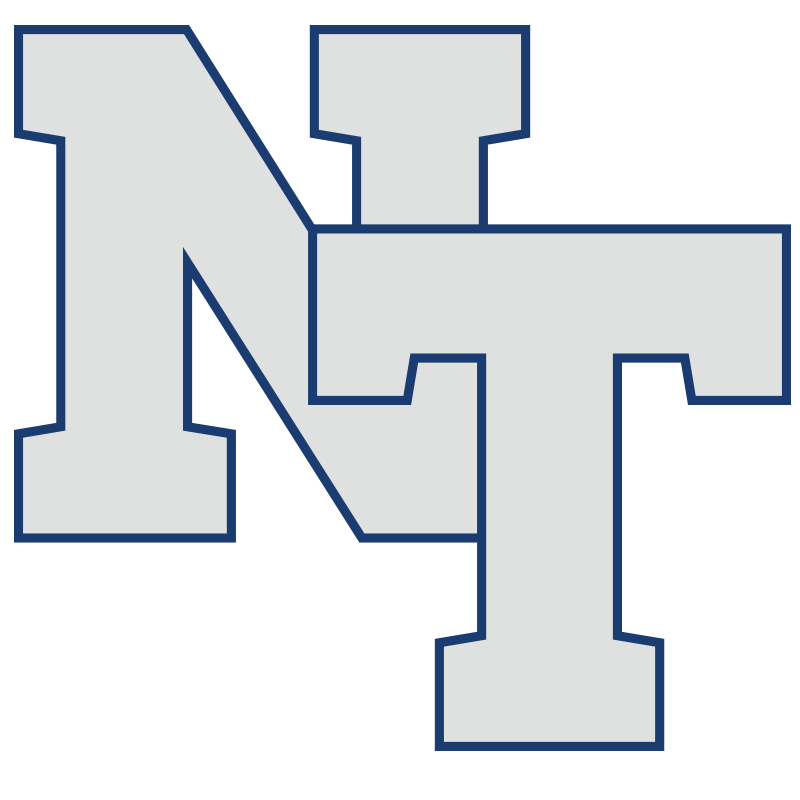The job of a school nurse is busy enough, never mind a pandemic thrown into the mix.
For the two nurses at Nashoba Tech, the worst part of life during the COVID-19 era is that they don’t have as much of a connection with the students as they once had.
As Pat Trahman said while sitting in her office, “The biggest difference is, there aren’t six kids in here right now.”
While students can be in the school during their technical week, academic classes are being taught remotely, so only about half of the student body is in the school at any time. Add to that the fact that if students don’t feel well, a nurse will go to them and accompany them to the health office, where their parent or guardian will be called to pick them up.
“The whole job has changed,” Trahman said. “We have a whole other room now that serves as a waiting room for people who appear to have COVID symptoms.”
“We’ve just pivoted,” said Kate Gamache, the other half of what she calls Nashoba Tech’s “tag team” health office.
Trahman said Nashoba Tech is ahead of many other school districts because it hasn’t had any in-school transmissions of COVID-19. Those members of the school community who have contracted the virus were infected outside of school and have been instructed to quarantine as per federal and state guidelines.
Gamache keeps a spreadsheet to track every student who has been tested that she shares with members of the school’s COVID-19 response team.
“We have to make sure that the students who have been quarantined still are able to access their teachers,” Gamache said.
“And it’s not just the students,” she added. “We’re taking care of the staff, too. The staff have a lot of questions about COVID, so we provide education for them, too.”
Another different aspect is that the nurses are in close contact with the boards of health in the eight towns that make up Nashoba Tech’s district — Ayer, Chelmsford, Groton, Littleton, Pepperell, Shirley, Townsend and Westford.
“We’ve also had a lot of calls from families trying to find testing sites,” Gamache said. “So we’ve been helping them navigate that as well.”
Of course, it’s not all COVID-19. Trahman and Gamache still deal with the usual issues that occurred before the pandemic and will occur after the pandemic.
They continue to provide medications to students who need them, only now they deliver them to the students, instead of the students coming to the health office to get them, thus cutting down on the number of people walking the halls at any one time.
And there are often students who suffer anxiety or panic attacks, whether caused by the pandemic or not.
“We go scoop them up and take them for a walk so they can de-stress,” Trahman said. “And we still have the cuts and scrapes, though not at the level we used to, but we still have to take care of them.”
Both Trahman and Gamache are hoping there is a light at the end of the COVID-19 tunnel because the connection they no longer have.
“We miss the kids,” Gamache said.
“That’s why we get into this job — we love the kids,” Trahman said. “They make you laugh and cry, and we just miss them.”
Caption: School nurses Pat Trahman, left, and Kate Gamache, right

